If you have access to the original clean image, I would compute the Peak Signal to Noise Ratio (PSNR) for all of the images you have generated, then choose the one with the highest PSNR. Amro posted a very nice post on how to compute this for images and can be found here: https://stackoverflow.com/a/16265510/3250829
However, for self-containment, I'll post the code to do it here. Supposing that your original image is stored in the variable I, and supposing your reconstructed (un-blurred) image is stored in the variable K. Therefore, to calculate the PSNR, you would need to calculate the Mean Squared Error first, then use it to calculate the PSNR. In other words:
mse = mean(mean((im2double(I) - im2double(K)).^2, 1), 2);
psnr = 10 * log10(1 ./ mean(mse,3));
The equations for MSE and PSNR are:


Source: Wikipedia
As such, to use this in your code, your for loops should look something like this:
psnr_max = -realmax;
for LEN = 0 : 50
for THETA = 1 : 180
%// Unblur the image
%//...
%//...
%// Compute PSNR
mse = mean(mean((im2double(I) - im2double(K)).^2, 1), 2);
psnr = 10 * log10(1 ./ mean(mse,3));
if (psnr > psnr_max) %// Get largest PSNR and get the
LEN_final = LEN; %// parameters that made this so
THETA_final = THETA;
psnr_max = psnr;
end
end
end
This loop will go through each pair of LEN and THETA, and LEN_final, THETA_final will be those parameters that gave you the best reconstruction (un-blurring) of the image.

